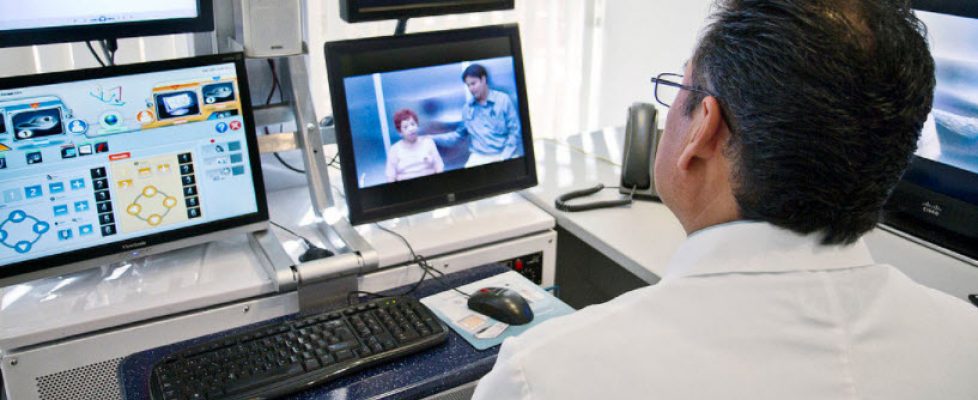2018 Bodes Well for Telehealth And Remote Patient Monitoring
The Bipartisan Budget Act of 2018 was recently signed into law. Within the number of provisions is the use of telehealth and reimbursement for Part B Medicare beneficiaries using CPT code 99091.
February 14, 2018 by Cafe Staff
If 2017 ended on a high for telehealth and remote patient monitoring, the start of 2018 also did not disappoint. Indeed, on Feb 9, the Bipartisan Budget Act of 2018 was signed into law. This bill, which provides a budget agreement for 2018-2019, also includes a number of policy provisions in support of telehealth, also opening the door to remote patient monitoring (RPM). This budget deal expands the use of telehealth for patients undergoing home dialysis by allowing Medicare beneficiaries to elect to receive monthly related clinical assessments through telehealth, and to those having suffered a stroke, it expands the possible locations where patients may receive a telehealth consultation. The use of telehealth was also expanded for Medicare Advantage (MA) plans and accountable care organizations (ACOs).
We are advancing to a new “personal health” paradigm.
Beginning in plan year 2020, a MA plan may provide additional telehealth benefits to its enrollees. The bill defines additional telehealth services as those “for which benefits are available under Medicare part B…” and “that are identified for such year as clinically appropriate to furnish using electronic information and telecommunications technology when a physician… or practitioner… providing the service is not at the same location as the plan enrollee.” I had mentioned above that the door was opened for RPM. And, as I reported before, the Centers for Medicare & Medicaid Services (CMS) started reimbursing RPM (code 99091 is now reimbursed in Part B Medicare), as such so that it is “available under Part B” (note the underlined text above) and therefore reimbursable as part of MA. Or, at least, this is our interpretation. In fact, CMS should issue a clarification in this respect to ensure plans start covering RPM.
As to the expansion of telehealth use by ACOs, the bill removes the restrictions (subject to some conditions) set by 1834(m) of the Social Security Act to a Medicare fee-for-service beneficiary of the ACO whereby the home of the beneficiary can be treated as an originating site (similar to the changes presented above for the treatment of stroke patients), and geographic limitations are lifted.
Intel has long believed that the old “mainframe health” paradigm (i.e., centralized, hospital-centric, expert driven, reactive, costly) is giving way to a new “personal health” paradigm (i.e., distributed, data rich, preventive, home- and consumer- centric, and efficiency-driven). An ingredient of this transformation is Intel’s Health Application Platform for remote healthcare. This application software platform enables a variety of remote care usage models. When coupled with an Intel architecture-based design specification, it can enable healthcare solution providers to securely deliver distributed services.
With the passing of this legislation, the US Congress showed bipartisan support for the expansion of technologies that support Medicare’s modernization. Patients will have more choices to access healthcare services, hopefully improving clinical outcomes, which is another step in the right direction for a more nimble, patient centric healthcare framework. Intel lauds this bipartisan agreement and the support for the expansion of telehealth. We will be now looking to CMS’ next steps to bring to fruition the possibilities opened by this legislation.

